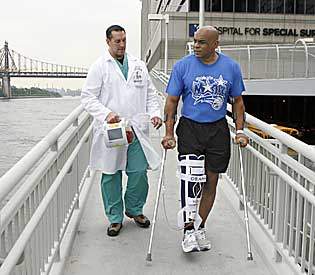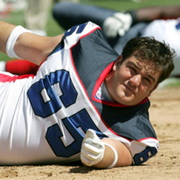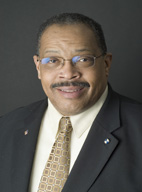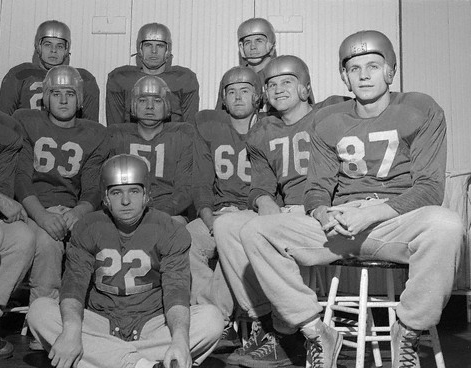Smith Shares Vision For Current and Former NFL Players at Super Bowl Press Conference
Posted February 4th, 2010 by RetiredPlayersThe NFLPA held their Super bowl press conference today and made announcements of particular interest to retired players of the National Football League. NFLPA Executive Director DeMaurice Smith was joined on stage by many current and former players including NFLPA President Kevin Mawae and Hall of Fame running back Barry Sanders. Early in the press conference Sanders stated that, “There could be better unity between current players and former players.”
DeMaurice Smith was quick to acknowledge the rift stating that “when it comes to benefits for pre-1993 players the current system is not working.” He also recognized that active and former players compete over the same pool of money used for benefits. This announcement came prior to any mention of the currently strained labor negotiations between the owners and players that have filled the headlines lately. It is hoped that addressing this issue first at the press conference is indicative of the NFLPA’s new dedication to the players who helped build the NFL into the $8 billion industry that it is today.
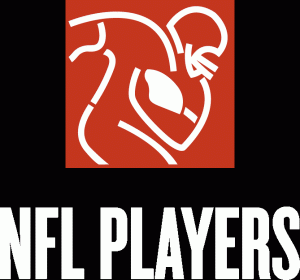 Just as quickly as Smith acknowledged the rift between current and former players he stated his plan to begin addressing the issue. First, he announced that the Groom Law Group will no longer defend the Bert Bell/Pete Rozelle NFL Player Retirement Plan when it is sued by players seeking benefits. The Groom Law Group, a major source of frustration for many retired players, currently represents both the NFL and NFLPA against retired players suing the NFL’s disability plan when they are denied benefits. DeMaurice Smith announced the change will formally come next week and that the NFLPA has not yet chosen a firm to replace the Groom Law Group.
Just as quickly as Smith acknowledged the rift between current and former players he stated his plan to begin addressing the issue. First, he announced that the Groom Law Group will no longer defend the Bert Bell/Pete Rozelle NFL Player Retirement Plan when it is sued by players seeking benefits. The Groom Law Group, a major source of frustration for many retired players, currently represents both the NFL and NFLPA against retired players suing the NFL’s disability plan when they are denied benefits. DeMaurice Smith announced the change will formally come next week and that the NFLPA has not yet chosen a firm to replace the Groom Law Group.
Next Smith announced that he was calling for NFL owners to contribute two percent of their profits to a legacy fund for retired players. He stated that all benefits are funded through the active players portion of the revenue and called for NFL owners to share in the responsibility. “They (NFL owners) sell legacy, but they don’t pay for it, ” Smith stated.
During the question and answer period following the announcements several reporters focused their questions on the subject of retired players. In response to one of the questions Smith stated that it would be an “immoral decision” for today’s players not to acknowledge the players who came before them.
Smith then announced more changes to come to the NFL disability plan. He wants someone to assist the two members of the disability initial claims committee in their assessment of NFL players’ disability applications. Smith stated, “I want that person to be a medical professional.”
He stated he wants that medical professional to understand the role of multiple head and orthopedic injuries and how they impact players once they leave the NFL. This leaves little doubt that the NFLPA will acknowledge concussions and the lasting effects of traumatic brain injuries suffered as an NFL player as NFL injuries for the purpose of evaluating disability applications. It is hoped that something can be done to correct the fact that this was not the belief when so many retired players were wrongfully denied benefits for their football related head injuries in the past.
It was refreshing to hear these words coming from the leader of the NFLPA regarding the union’s relationship with retired players. We hope that the union will evaluate its three retirement board representatives with the same scrutiny in which they examined the Groom Law Group. The NFLPA went to great lengths in choosing DeMaurice Smith as their leader. The same effort should go into finding the best three NFLPA representatives to manage the near $1 billion in assets of the Bert Bell/Pete Rozelle NFL Player Retirement Plan.
